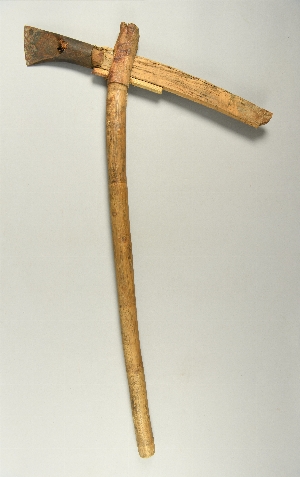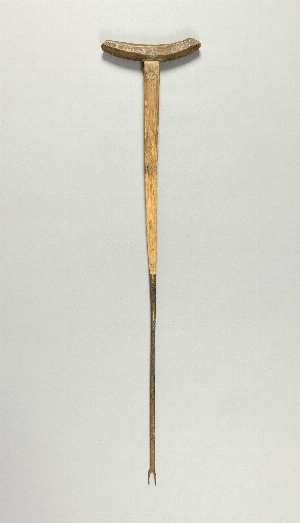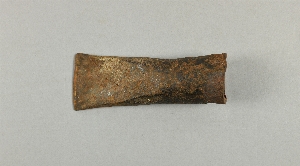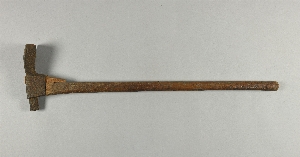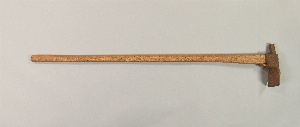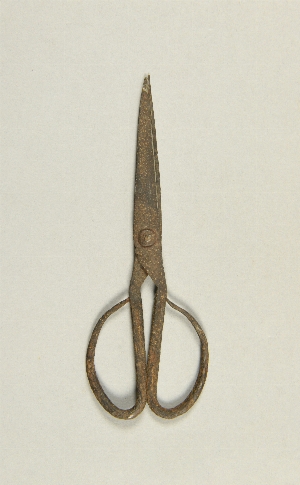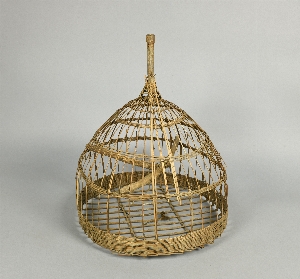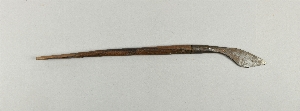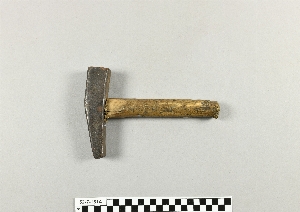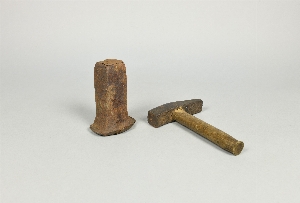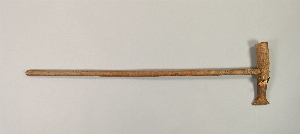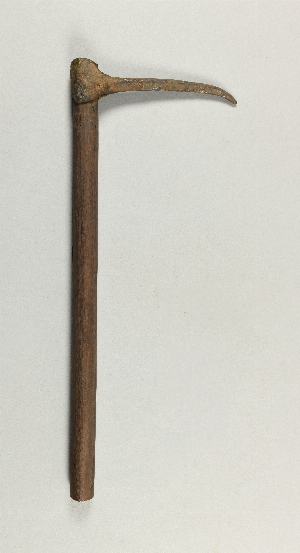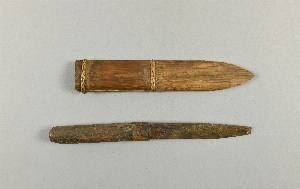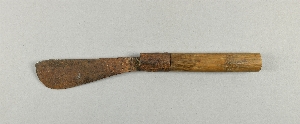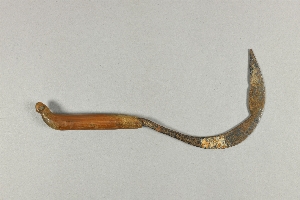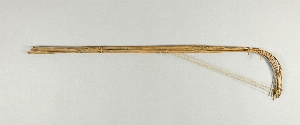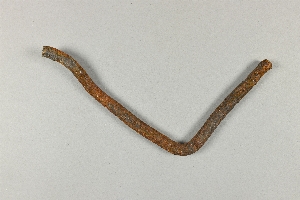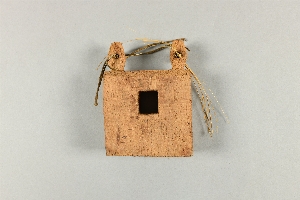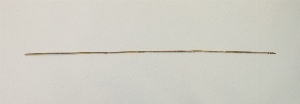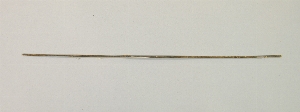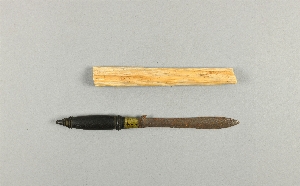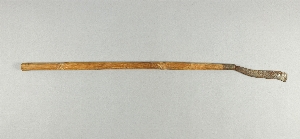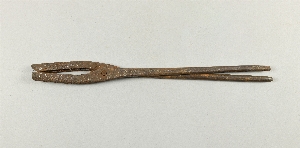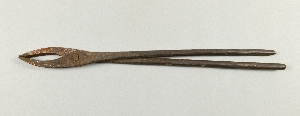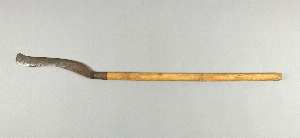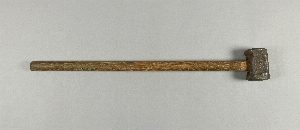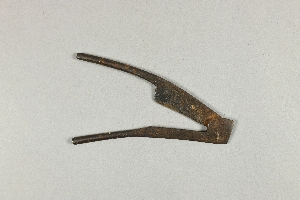Thai-Lao Ethnographic Collection
In 1981, Joyce White, who had been conducting field research in Thailand for 18 months in the village of Ban Chiang, received a telegram from the Penn Museum requesting that she make a collection of everyday items illustrative of traditional village life. Ban Chiang was the location for excavations by Penn Museum and the Thai Fine Arts Department in 1974 and 1975. White’s ethnobotanical research was part of the Penn Museum Ban Chiang Archaeological Project, and that work had prepared her well for the task.
Joyce had been working with a local farmer, Li Hirionatha, to collect and document traditional knowledge of plants in the region. Over the course of the final two months of that research, Joyce and Li meticulously put together a collection of representative objects of the area noting the name and function of each piece, as well as where it was purchased and when, and other data. The collection consists of examples of everything from ox carts and fishing traps to looms and ceramics.
In the summer of 2024, Thai-Isaan Material Culture Specialist, Nichanan Klangwichi, spent three months at the Penn Museum updating and expanding the cataloging of the collection. Object names and villages are now in both English and Thai. The description includes fuller cultural context and plant names for materials, as well as bibliographic references for further study.
Below you can explore the collection with various filters such as on material and function. To see, for example, all the objects used for fishing, click on the “Subject” filter on the lower left, then select “Fishing Equipment”.
- Object[46]
- no[46]
- asian[46]
- adze[2]
- axe[3]
- axe head[1]
- bait rod[2]
- betel cutter[1]
- betel knife[1]
- betel nut pounder[2]
- bird cage[1]
- blacksmith's anvil[1]
- blacksmith's hammer[1]
- blacksmith's tongs[1]
- blacksmith's tweezers[1]
- brush clearing knife[2]
- dagger[1]
- dagger sheath[1]
- drill[1]
- eel fork[2]
- elephant hook[1]
- fishhook[3]
- grub hoe[1]
- hatchet[2]
- hoe[2]
- hook knife[1]
- iron[1]
- iron forging hammer[1]
- iron splitting tool[1]
- knife[6]
- machete[1]
- part[1]
- pestle[2]
- scissors[1]
- sickle[2]
- spindle[1]
- spinning wheel[2]
- sugar mill axle[1]
- sugar mill cog[1]
- ban bong nuae[1]
- ban bun mi[2]
- ban chiang[7]
- ban don[6]
- ban dong yen[3]
- ban dun[2]
- ban kham or[1]
- ban na di[1]
- ban nong lat[2]
- ban nong mek[1]
- ban phon sung[2]
- ban pueai[3]
- ban sam kha[3]
- ban tha chuang[2]
- ban thung fon[2]
- ban tong[1]
- ban ya[2]
- sakon nakhon[4]
- thailand[46]
- udon thani[42]
- ban bong nuae[1]
- ban bun mi[2]
- ban chiang[7]
- ban don[6]
- ban dong yen[3]
- ban dun[2]
- ban kham or[1]
- ban na di[1]
- ban nong lat[2]
- ban nong mek[1]
- ban phon sung[2]
- ban sam kha[3]
- ban tha chuang[2]
- ban thung fon[2]
- ban tong[1]
- ban ya[2]
- 20th century[1]
- agricultural tools and equipment[6]
- animal husbandry tools and equipment[2]
- betel chewing tools and equipment[4]
- cultivation equipment[1]
- cutting tool[9]
- fishing equipment[5]
- food processing tools and equipment[4]
- household equipment[1]
- metalworking tools and equipment[7]
- textileworking tools and equipment[3]
- tools and equipment[1]
- unclassifiable artifacts[1]
- weapon blade[2]
- woodworking tools and equipment[7]
1 - 30 of 46 Records
